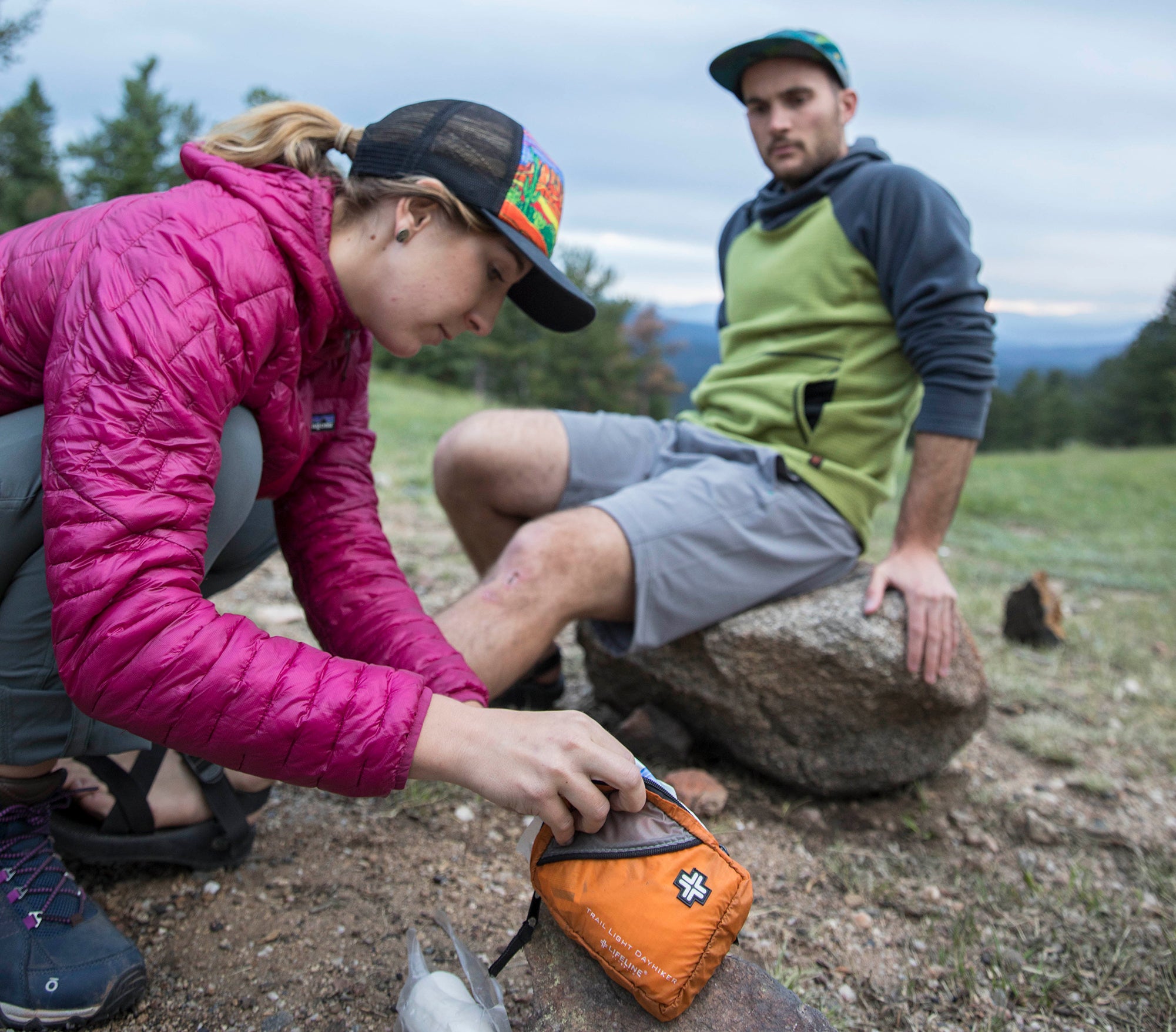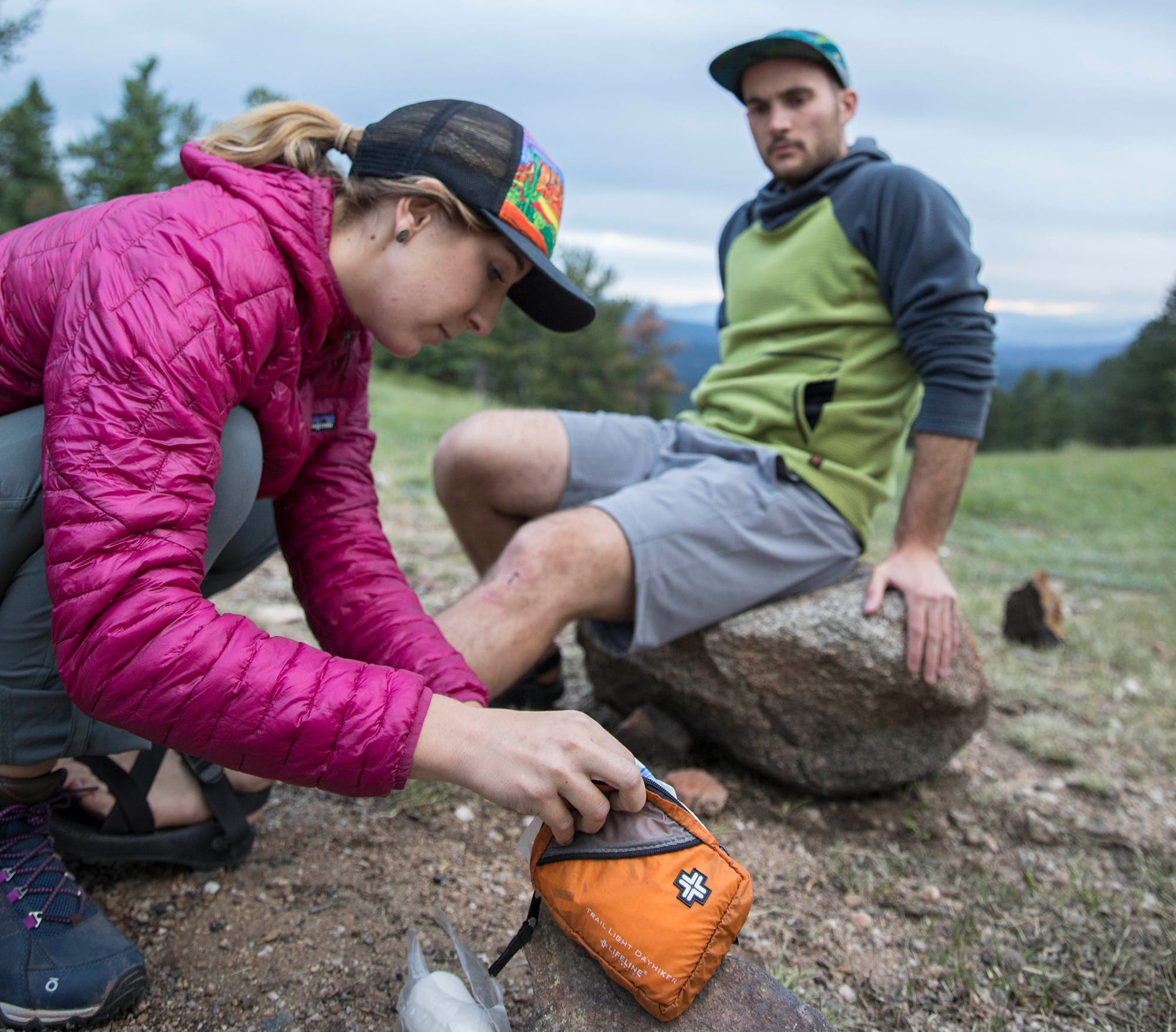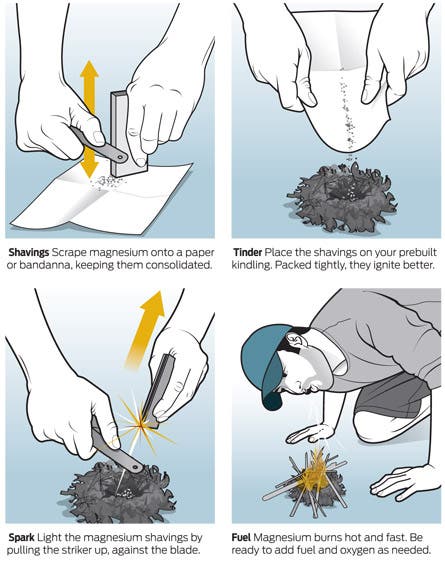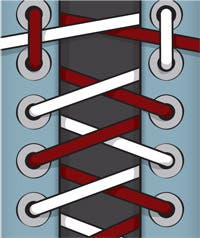Backpacker Bible: Never Get a Blister

'Louisa Albanese'

Learn to handle common medical problems with Backpacker Magazine’s Online course on ‘Wilderness First Aid’. Join Today!
True Believer: Andrew Skurka
Most long-distance hikers consider 3,000 miles an ambitious goal. On two separate treks, Skurka has hiked more than twice that far in one journey. Most recently, he covered 4,700 of the roughest miles in North America on his Alaska-Yukon Expedition. It’s safe to say that if Skurka suffered from blisters, he’d need a new career. Here’s how he describes his foot protection plan—with the precautions he takes before, during, and after a day of hiking:
» Treat preemptively. I protect problem areas and hot spots with Leukotape, a nonstretch sports tape with a strong zinc oxide adhesive (widely available at drug stores). I keep my toenails short and devoid of sharp edges that will cut adjacent toes and/or snag socks.
» Clean and dry. I wash my socks daily (inside and out; no soap) in order to prevent grit and organic matter from abrading my skin. At least once a day, I take off my shoes and socks to let my feet dry and air out. And at night I put on a clean, dry, and warm pair of socks, which helps my feet recover overnight, so they can withstand another day of abuse.
» Manage moisture. At night in wet conditions, after my feet have dried out, I coat the bottoms with a hydrophobic balm such as Hydropel. This remoisturizes my skin and serves as a water sealant. I wear thin socks and nonwaterproof shoes made of low-absorption materials, which do not retain as much water as thick socks, conventional boots or “waterproof” footwear. They also dry much faster.
Get the best fit
In the store, take the time to walk around in order to make sure you feel no pressure points, and use an incline board to check for toe bang and heel slip. The fit should be secure in the heel and roomy in the forefoot, allowing plenty of room for trail swell.
Downsize
Choose the lightest, most breathable shoes that are appropriate for the conditions. They’ll reduce sweat and put less stress on your feet.
Wear gaiters
Sand and grit increase friction—hence blisters. When you get debris in your shoes, stop and empty them.
Tie shoes correctly
Use these methods to help solve problems like heel slip and too-low volume.

» Heel lock Keep your heel securely in place to eliminate rubbing, especially on hills. Thread laces vertically through the top two eyelets, creating a loop on each side. Cross the lace ends to tie, running them through the loops you created.

» Custom volume Need more space in the middle without loosening the toes or cuff? Thread laces vertically through eyelets where you need extra room, with an extra wrap in the laces on either side to maintain tension above and below the loose spot.